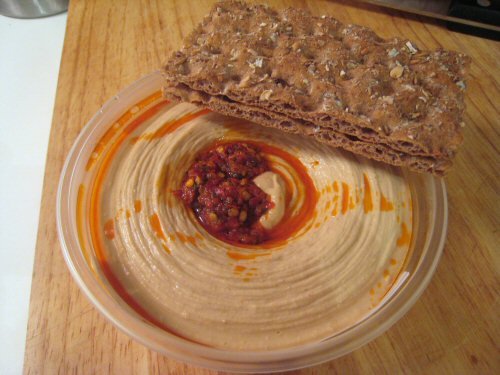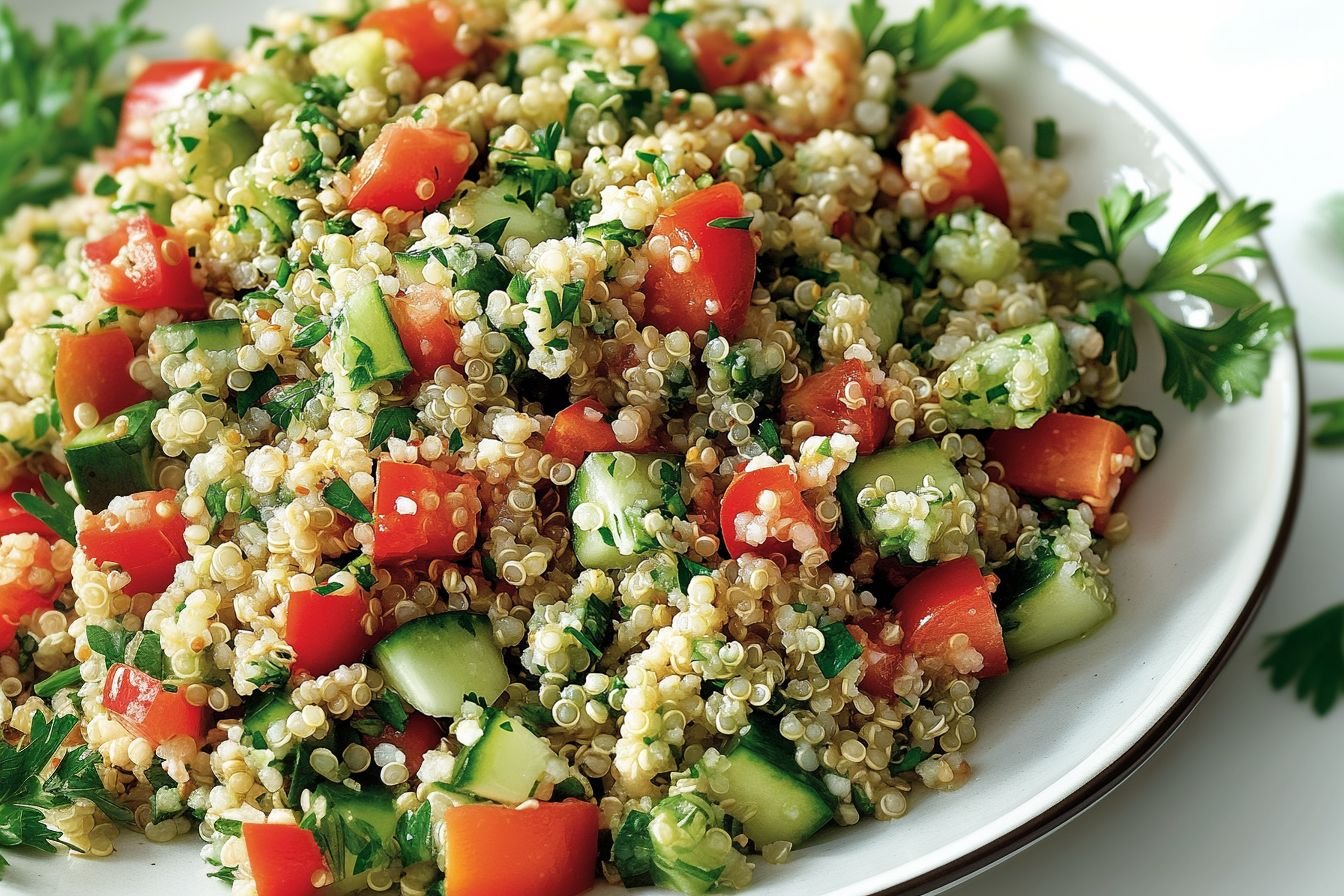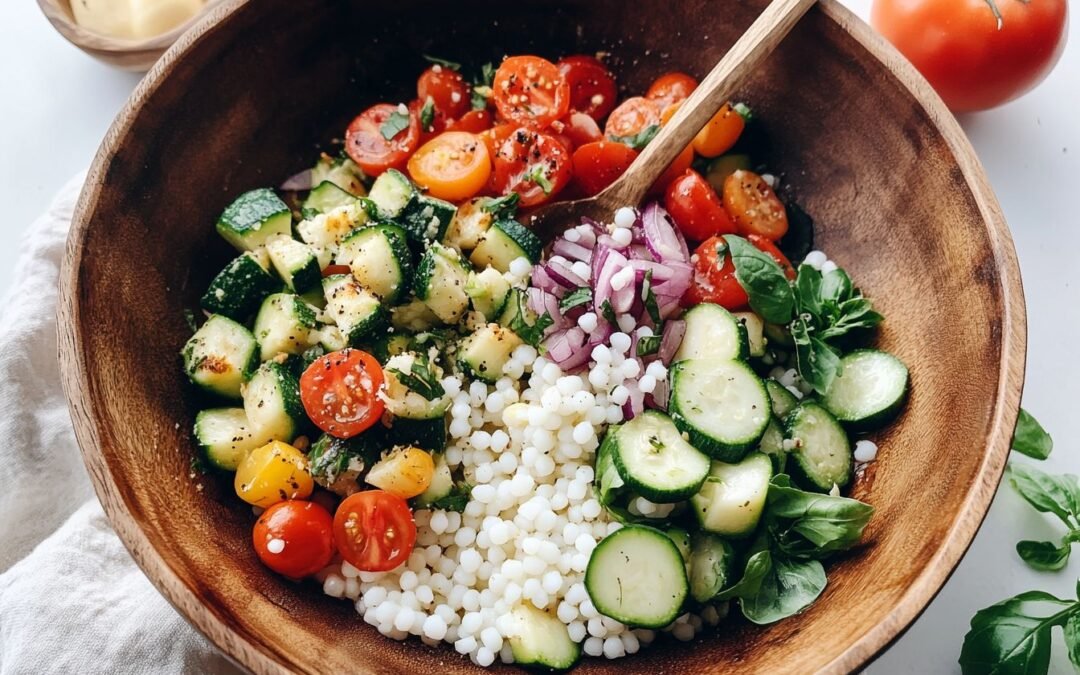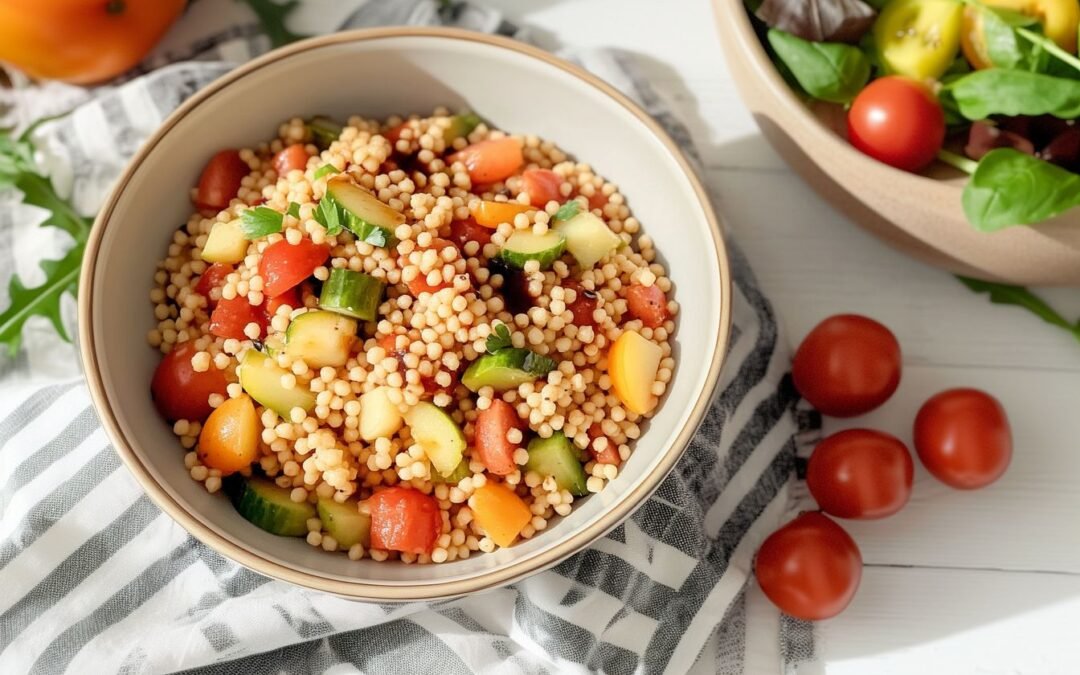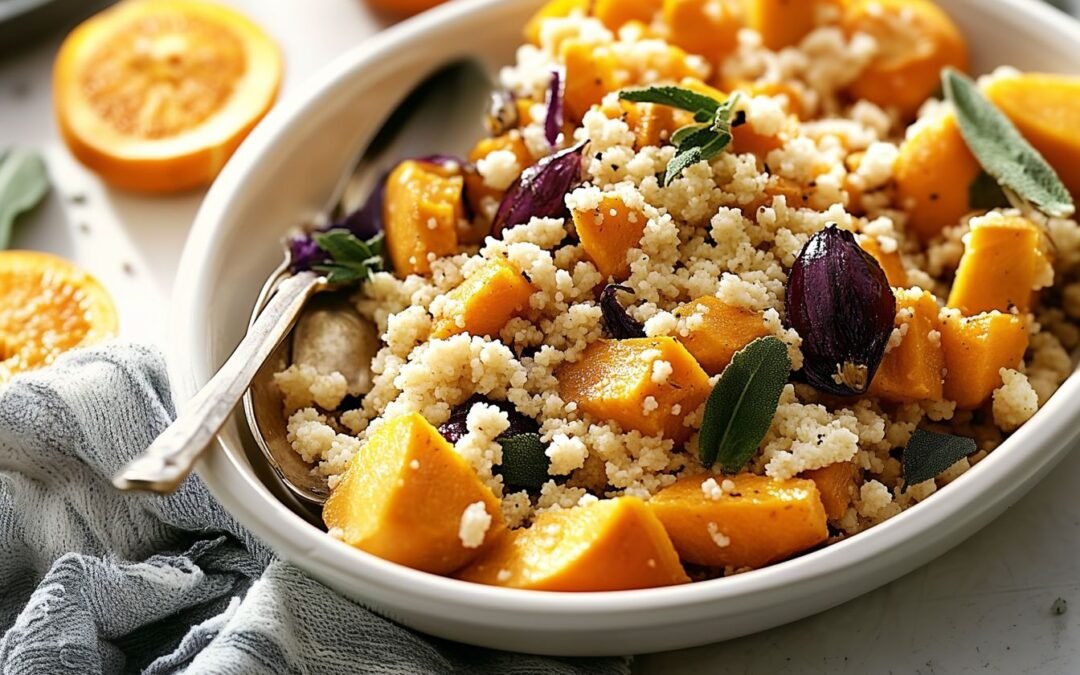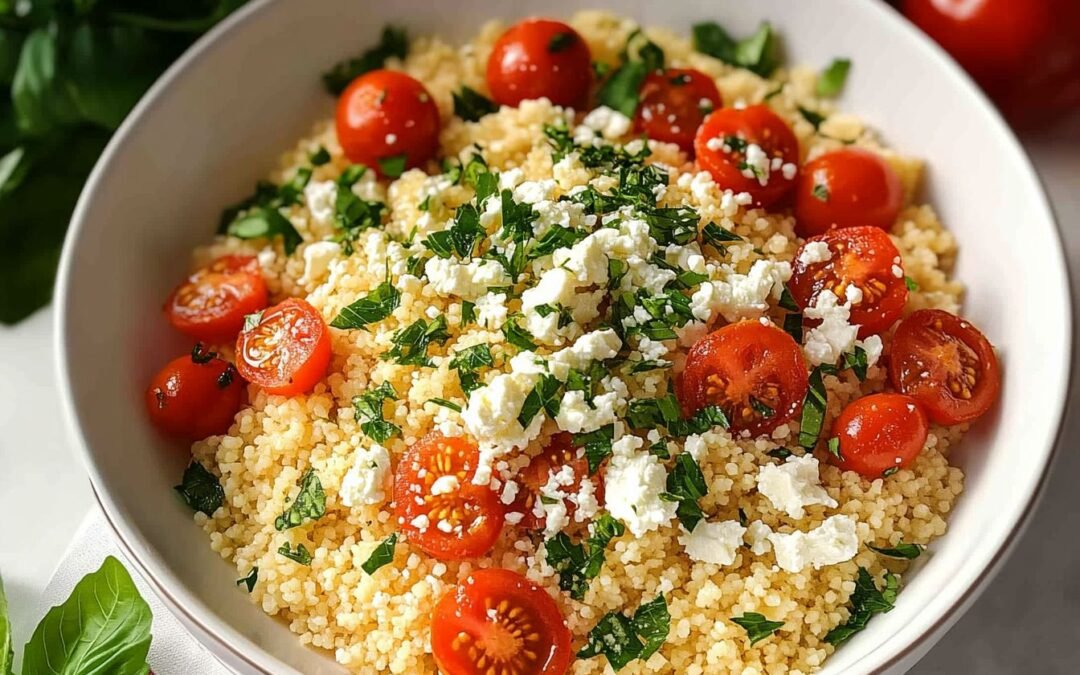For generations, Tabbouleh, the vibrant emerald jewel of Middle Eastern cuisine, has graced tables from Beirut to Brooklyn. This beloved salad combines finely chopped parsley, mint, tomatoes, onions, bulgur wheat, olive oil, lemon juice, salt, and pepper into a refreshing dish that captures the essence of Lebanese culinary tradition. Today, we’re reimagining this classic with a contemporary twist that maintains its soul while offering additional nutritional benefits: quinoa tabbouleh.
By substituting protein-rich quinoa for the traditional bulgur wheat, we create a gluten-free, nutrient-dense version that honors the fresh, herby profile of the original while adding a modern nutritional boost. This adaptation is perfect for health-conscious home cooks looking to incorporate more complete proteins into their diet without sacrificing authentic flavors.
The beauty of this dish lies in its versatility – serve it as part of a mezze spread alongside hummus and baba ganoush, as a refreshing side dish to grilled meats, or as a standalone light meal. The nutty undertones of quinoa complement the bright, herbaceous notes of parsley and mint, while the acid from fresh lemon juice ties everything together in perfect harmony.
History of the Classic Dish
Tabbouleh’s roots run deep in the fertile mountains of Lebanon and Syria, where it has been a dietary staple for centuries. The word “tabbouleh” comes from the Arabic term “taabil,” meaning “seasoning” or “spice,” underscoring the central role of herbs in this classic dish.
In the Middle Ages, edible herbs formed an essential part of the Arab diet. The mountainous regions of Lebanon and Syria provided the perfect growing conditions for the herbs that would become the foundation of tabbouleh.
While modern tabbouleh features bulgur wheat as a key component, historical versions placed much greater emphasis on the greens. The herbs provided not just flavor but also formed the bulk of the dish, reflecting the agricultural bounty of the region. Over time, bulgur wheat – a form of dried, cracked wheat that has been partially cooked – became more prominent in the recipe, adding texture and substance.
Tabbouleh is now closely associated with Lebanese cuisine and is widely regarded as Lebanon’s national dish. It graces every table at every feast and has come to symbolize Lebanese cultural identity. The dish is so beloved in Lebanon that the first Saturday of July each year is celebrated as National Tabbouleh Day, with people gathering to enjoy this cherished salad in homes, parks, and restaurants throughout the country.
Tabbouleh’s popularity has spread far beyond its origins, with variations found throughout the Middle East and Mediterranean. From the Armenian “eetch” to the Turkish “kisir” and even the Dominican Republic’s “tipile” (introduced by Lebanese immigrants), this versatile dish has been adapted to suit local tastes while maintaining its essential character.
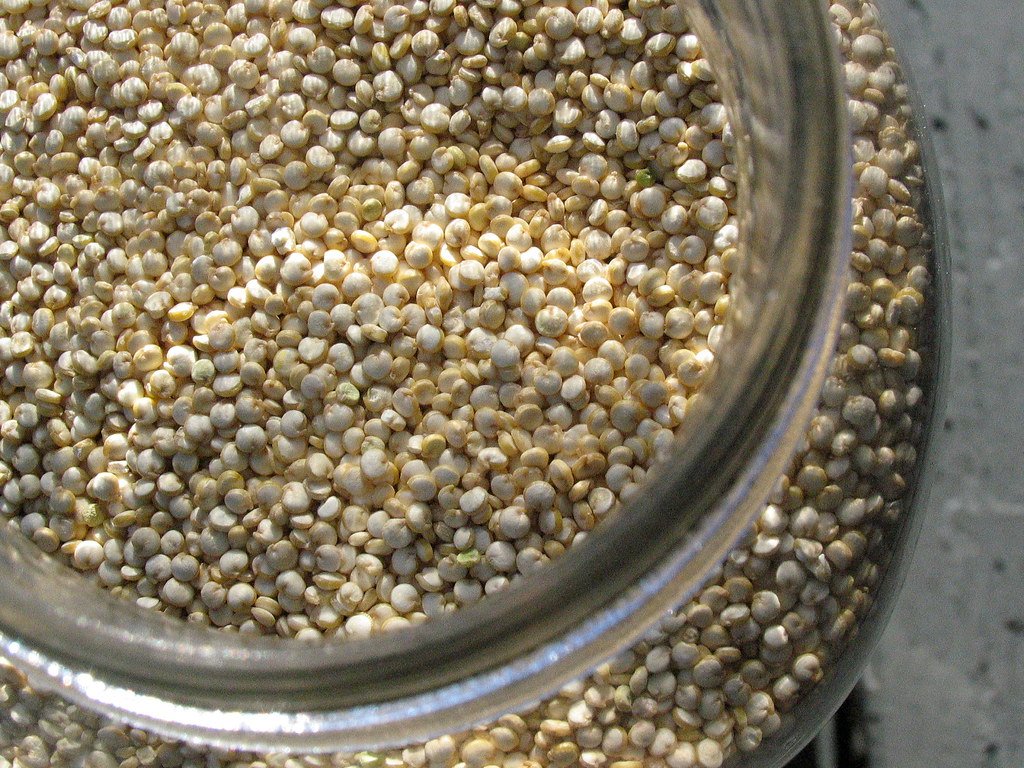
Ingredients
- 1 cup quinoa, rinsed thoroughly
- 2 cups water
- 3 bunches fresh parsley (about 3 cups finely chopped)
- 1/2 cup fresh mint leaves, finely chopped
- 4 medium tomatoes, diced small (about 2 cups)
- 1 medium cucumber, seeded and diced small
- 3 green onions, finely sliced
- 1/4 cup extra virgin olive oil
- Juice of 2 large lemons (about 1/3 cup)
- 1 teaspoon sea salt
- 1/2 teaspoon freshly ground black pepper
- 1/4 teaspoon ground allspice (optional, for authentic flavor)
- 1 clove garlic, minced (optional)
How To Make Quinoa Tabbouleh?
- Use a fine-mesh strainer to Thoroughly rinse the quinoa under cold running water for at least 30 seconds to wash away its natural saponin coating, which can cause a bitter flavor.
- Add the rinsed quinoa and two cups of water to a medium saucepan. Bring to a boil, then lower the heat, cover, and let it simmer for 15 minutes or until the water is fully absorbed.
- Remove from heat and let the quinoa stand, covered, for 5 minutes. Then fluff with a fork and spread on a baking sheet to cool completely (about 20 minutes). For best results, refrigerate the cooled quinoa for 30 minutes before assembling the salad.
- While the quinoa cools, wash and thoroughly dry the parsley and mint. Remove the thick stems from the parsley and finely chop the leaves. The parsley should be chopped very finely, as is traditional in authentic tabbouleh.
- Finely chop the mint leaves, dice the tomatoes and cucumber, and slice the green onions.
- In a large bowl, mix the tomatoes, cucumber, cooled quinoa, mint, chopped parsley, and green onions.
- In a small bowl, whisk together the lemon juice, olive oil, salt, pepper, and allspice (if using).
- Drizzle the dressing over the salad and toss gently to mix. Adjust seasoning as needed after tasting.
- For the best flavor, Cover and chill in the refrigerator for a minimum of 30 minutes before serving to allow the flavors to fully blend.
- Serve chilled or at room temperature, with additional lemon wedges on the side.
Nutritional Information
|
Nutrient
|
Amount per serving
|
|---|---|
|
Calories
|
220
|
|
Total Fat
|
11g
|
|
Saturated Fat
|
1.5g
|
|
Cholesterol
|
0mg
|
|
Sodium
|
320mg
|
|
Total Carbohydrates
|
27g
|
|
Dietary Fiber
|
5g
|
|
Sugars
|
3g
|
|
Protein
|
6g
|
Based on 6 servings per recipe
Serving and Pairing Suggestions
- Quinoa Tabbouleh shines as both a side dish and a main course. For an authentic Middle Eastern experience, serve it as part of a mezze spread alongside hummus, baba ganoush, olives, and warm pita bread. The bright, fresh flavors of the tabbouleh provide a perfect counterpoint to richer, creamier dips.
- As a side dish, it pairs beautifully with grilled meats, particularly lamb or chicken seasoned with Middle Eastern spices like za’atar or sumac. The acidity from the lemon juice cuts through the richness of the meat, while the herbs add freshness to each bite.
- For a completely vegetarian or vegan meal, serve it with falafel, stuffed grape leaves (dolmas), or roasted vegetables. You can also use it as a filling for wraps or pita pockets with a dollop of tahini sauce for a quick, nutritious lunch.
- For beverages, consider pairing with a crisp white wine like Sauvignon Blanc or a light, citrusy beer. Non-alcoholic options include mint lemonade (limonana) or iced tea with fresh mint – both complement the herbal notes in the tabbouleh perfectly.
- For a beautiful presentation, serve the tabbouleh in a shallow bowl lined with romaine lettuce leaves or scoop it into individual endive leaves for an elegant appetizer.
Storing and Reheating
Quinoa tabbouleh is best enjoyed fresh, but it can be stored properly to maintain its vibrant flavors and textures:
- Store in an airtight container in the refrigerator for up to 3 days. The flavors often improve after the first day as they have time to meld together.
- Before serving leftover tabbouleh, give it a good stir and taste for seasoning. You may need to add a fresh squeeze of lemon juice or a drizzle of olive oil to revive the flavors.
- Tabbouleh is traditionally served cold or at room temperature, so reheating is not necessary or recommended. Heating would wilt the fresh herbs and diminish the bright flavors that make this dish special.
- If the salad seems dry after refrigeration, add a small amount of olive oil and lemon juice to refresh it.
- For meal prep purposes, you can prepare the quinoa and chop the vegetables in advance, storing them separately, then combine them with the dressing just before serving for the freshest result.
- Freezing is not recommended as the fresh herbs and vegetables will become mushy when thawed.
Common Mistakes To Avoid
- Not rinsing the quinoa: Quinoa has a natural coating called saponin that can taste bitter if not rinsed away. Always rinse quinoa thoroughly under cold water before cooking.
- Using too much quinoa: Traditional tabbouleh is primarily an herb salad with a small amount of grain. Keep the ratio heavily favoring the herbs for an authentic experience.
- Chopping the herbs too coarsely: Parsley and mint should be very finely chopped for authentic tabbouleh. Take your time with this step for the best texture.
- Not drying the herbs properly: Wet herbs will make your tabbouleh soggy. After washing, dry them thoroughly using a salad spinner or clean kitchen towels.
- Using underripe tomatoes: For the best flavor, use ripe, in-season tomatoes. If making in winter, consider using cherry tomatoes, which tend to be more flavorful year-round.
- Skimping on the lemon juice: The acidity from fresh lemon juice is essential to the bright flavor profile of tabbouleh. Always use freshly squeezed lemon juice, not bottled.
- Serving immediately after preparation: While tabbouleh can be served right away, allowing it to rest for at least 30 minutes helps the flavors develop and meld together.
- Using pre-cooked quinoa: For the best texture, cook the quinoa specifically for this recipe rather than using leftovers, which might be too moist or clumpy.
- Over-salting: Remember that the salad will absorb the salt as it sits, so season conservatively at first and adjust before serving.
- Not cooling the quinoa completely: Adding warm quinoa to the fresh herbs will cause them to wilt. Ensure the quinoa is completely cooled before mixing.
Conclusion
Quinoa tabbouleh represents the beautiful evolution of traditional Middle Eastern cuisine – honoring the past while embracing modern nutritional knowledge. This adaptation maintains the vibrant, fresh essence of classic Lebanese tabbouleh while offering additional protein, a complete amino acid profile, and gluten-free benefits through the substitution of quinoa for bulgur wheat.
What makes this dish truly special is how it bridges cultures and dietary preferences without compromising on flavor. The nutty undertones of quinoa complement the traditional herb-forward profile, creating a harmonious blend that both purists and innovators can appreciate. It’s a perfect example of how culinary traditions can evolve to meet contemporary needs while respecting their historical roots.
Beyond its delicious taste and nutritional benefits, quinoa tabbouleh offers versatility that fits seamlessly into modern lifestyles. Whether served as part of a traditional mezze spread, packed for a nutritious lunch, or presented as a colorful side dish at dinner parties, it brings the fresh, vibrant flavors of the Mediterranean to any table.
By making this simple grain substitution, we open the door to a world of Middle Eastern flavors for those with gluten sensitivities or those simply looking to incorporate more plant-based proteins into their diet. It’s a testament to how traditional recipes can be thoughtfully adapted to embrace new ingredients while maintaining their cultural integrity.
So the next time you’re craving a refreshing, herb-packed dish that’s both nutritious and delicious, reach for this quinoa tabbouleh recipe – a modern classic that pays homage to its Lebanese roots while offering something new to the contemporary palate.
As mentioned above, you can serve this salad alongside hummus.
Interested in hummus with sour cream? Here is the recipe (click the image below):
